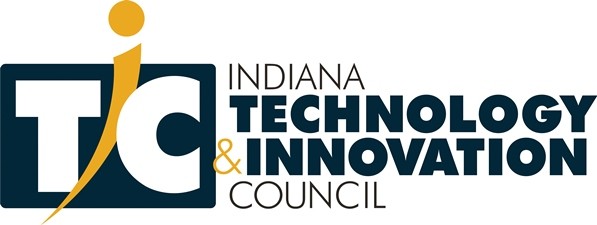
The Kauffman Foundation’s Jonathan Ortmans offers thoughtful perspective on entrepreneurship and technology topics. Below is a summary of his latest entry.
One of the great drivers of innovation today is the promise of digital disruption of complex and regulated industries. Digital disruption is not only behind the public sector’s move toward open government and open data, but is also the rise of civic-centered startups that are changing the rules of the game for traditional industries. It is time for a new wave of policymaking that anticipates a whole new set of issues for policymakers.
A new sense of urgency is called for as policymaking for the digital economy accelerates in response to what entrepreneur Steve Case calls “The Third Wave” of the Internet revolution.
As 1776 co-founder Donna Harris explains, “as digitization moves from basic applications like social media and e-commerce to more complex industries like education and healthcare, entrepreneurs tackle harder and harder problems. And that means government is more involved and that legacy institutions will inevitably play key roles … Frameworks established decades ago no longer apply, and leaders at all levels need to be proactive in understanding and regulating for a digital economy.”
Creating new regulatory frameworks for the digital workforce is a challenge. As I discussed recently, a Princeton/NBER survey found that the share of workers engaged in alternative work arrangements (e.g. independent contractors and freelancers) was 15.8 percent in 2015, up from 10.1 percent in 2005. Beyond the safety net challenges posed by the so-called “gig economy,” the impact of the broader digital economy reminds policymakers that they need to write new rules for an era where digital disruptions are giving individuals greater power and freedom to write their own destinies. The possibilities of the digital age include new remote, flexible and on-demand work opportunities – and a clear shift of power from institutions to individuals as transparency increases.
Yet most cities, let alone the federal government, are not ready to leverage digital disruption. Innovation That Matters, a pioneer report in understanding digital disruption in the United States, ranks 25 American cities’ readiness to capitalize on the inevitable shift to a digital economy, and provides metrics that city leaders can use to evaluate their progress in developing their digital economies.
The greatest policy risk of all in digital disruption is ultimately policymakers reacting too slowly or providing what Harris calls a mediocre legacy of a “patchwork of laws and tensions.” There are some exceptions to follow from smaller nations that are leveraging the fact that small is beautiful and also more doable. Nations like Estonia for example, have their top authorities leading their countries digital economies, through initiatives in digital infrastructure and even an e-residency program for global entrepreneurs.
Getting the public sector up to speed with the digital revolution is not an easy process. Internal capacity and cybersecurity are two large roadblocks. And it will take many intra-preneurs in government to make the necessary changes, as well as increased rapprochement to civic entrepreneurs who can help one of society’s most traditional sectors – government – react responsibly and responsively to digital disruption. Let the work begin.
Read the full post online.
JOIN US: Learn more about the Indiana Chamber’s new Technology & Innovation Council. Want to participate? Contact Mark Lawrance at mlawrance(at)indianachamber.com.


 Significant numbers of talented people, not to mention entrepreneurs, in the STEM fields come from international backgrounds. Home countries are trying to entice these men and women to return, while U.S. policy makes it difficult for them to stay here, apply the lessons they have learned and be meaningful economic contributors.
Significant numbers of talented people, not to mention entrepreneurs, in the STEM fields come from international backgrounds. Home countries are trying to entice these men and women to return, while U.S. policy makes it difficult for them to stay here, apply the lessons they have learned and be meaningful economic contributors.